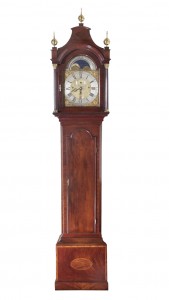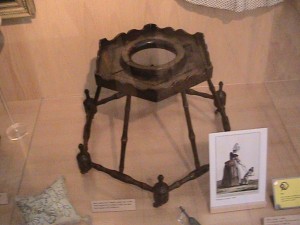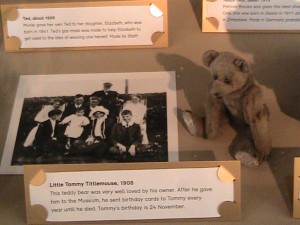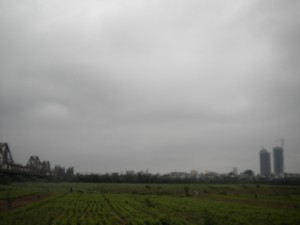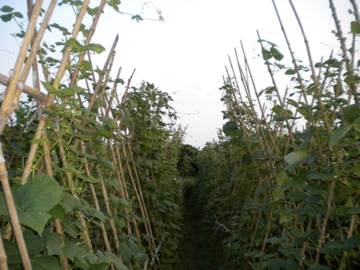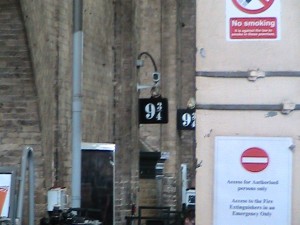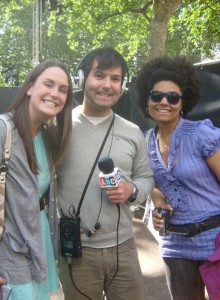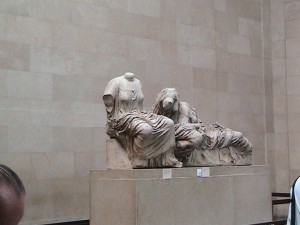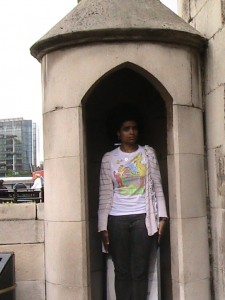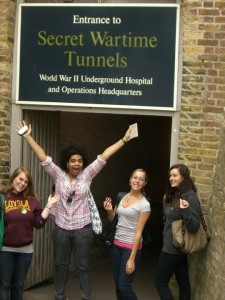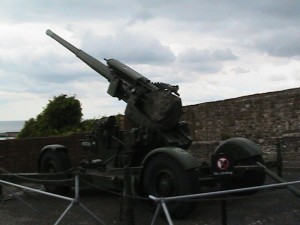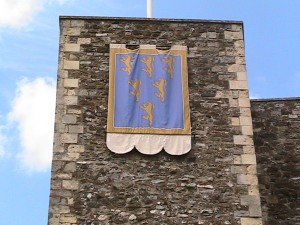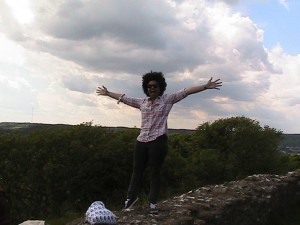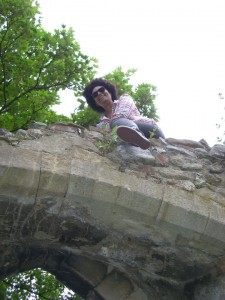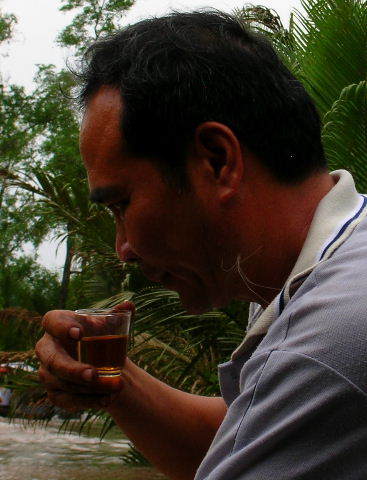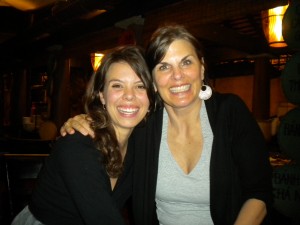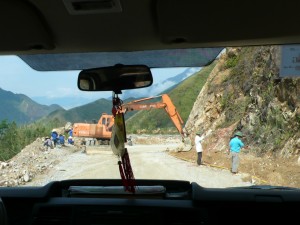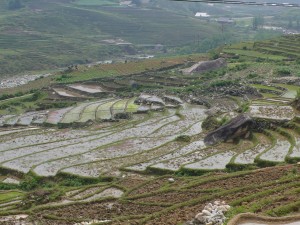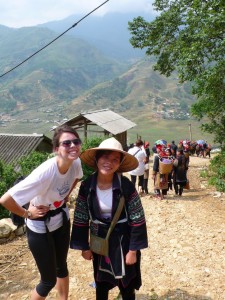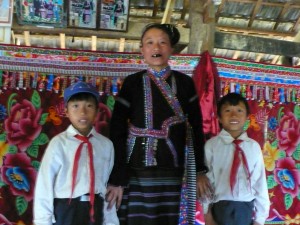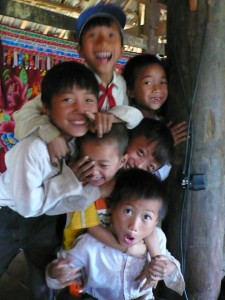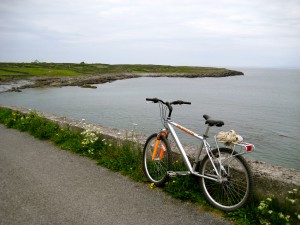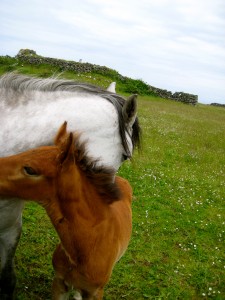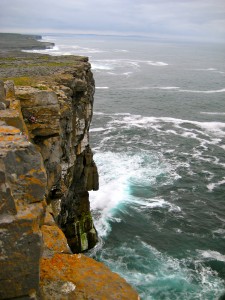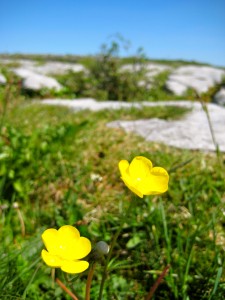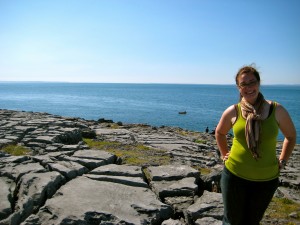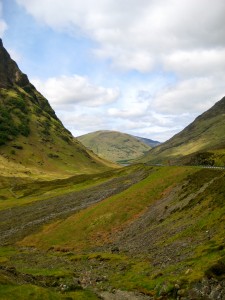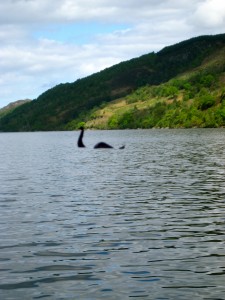The end is here! My last day of teaching English at the association in Sale is on Wednesday. Good heavens, that is only hours away, really. I am terrified of this last realization, so I am going to move on quickly.
I teach the beginner and intermediate level English courses on Wednesday and Friday nights between the times of 6:30 and 8:00. I usually arrive at the association at around 6:00 and joke around with the members until 6:45 when I start class with the two or three students that have arrived, and inevitably between one and seven students will stumble into class during the intervening time. Now, like I said, I teach beginner to intermediate level English. Supposedly. I have long since come to the realization, however, that I actually teach Native-Speaking-English-Teacher-For-Free-Will-Answer-All-of-Your Questions- And-Will-Make-Funny-Faces-and-Play-Games-While-Doing-So. Which means that on any given night I will have any given level of student, with varying degrees of comfort in the language, and varying degrees of comfort with speaking up or participating. Which means lesson plans are really just mental exercises to get me thinking about basic concepts, and training myself to use small words, small sentences, and no conjunctions. Because otherwise, lesson plans are completely useless given the ridiculously wide range of student abilities and the unpredictable nature of class make-up on any given night.
I have found that the best way to proceed is to practice a basic salutation every night when I first begin (remember, at this point, I will have about two or three kids to work with). We will all sit together at the desks, and practice saying who we are, where we go to school or work, what we like to do, etc. When a student starts to stumble over making a clear sentence, or begins to get frustrated with a lack of vocabulary, I will start to slowly migrate towards the white board. I will transcribe our basic conversation, as well as start providing a vocabulary list of ‘new’ words that I suggest or that students ask for. It is in this list of new vocabulary, or in the basic sentence structures that I usually start adapting a lesson (really, improvisation is the only way to work as a volunteer).
For an example, I will use last Friday’s lesson. I began with three students: Fateha (I am butchering both the pronunciation and the spelling of her name, may she please forgive me) one of my most regular beginner level students and one of only three female students I have had the entire time, Mohammad (so vague, so vague, this name is everywhere, like calling him John or something) who is actually a very advanced student who I have a great time having conversation with, and lastly, a new student whom I had never had before, and who chose to maintain sealed lips but extremely detailed notes while I was teaching. Fair. To each his own.
Mohammad is very keen on simply practicing conversational English, and so for him, it does not matter that I will be teaching a beginner level class. He wants to listen to a native speaker speak English, and we both know that I will continue to make comments or small bits of side conversation to him throughout the lesson so that he may practice. Further, if the class stumbles upon a concept that I can’t initially explain by example/mime/drawing/small vocabulary, I can lean on more advanced students such as him to find the right words for me in Darija. Though I must say, my theatrical skills have improved a hundred fold since coming here (may no one dare play charades with me upon my return!).
During our cozy self-introduction review, Fateha offers all of us some candies from her bag. We all take one and pop them into our mouths, and I recognize they are similar to a tootsie roll, and bite down hard on mine. Oops, no. In fact, they are closer akin to sugar-daddies or sugar-babies. With this in mind, I am sure my reading audience is now laughing along with the rest of my classroom as I have now quite beautifully sealed my jaw shut. Well dangit! how am I supposed to be teaching English now? Some great pantomime, a few admonitions against sabotaging your teacher and several guffaws later, Fateha asks what the English word is for “chew.”
Ah, to Chew! I wander over to the board and begin to write, starting with the verb, and then the basic conjugation: I chew; you chew; he/she/it chews; etc. The new word in hand, Fateha tells me off, “Do not chew!” and waggles her finger at me. She then points to her teeth and shakes her head again, laughing. “O what?! The candy sticks to my teeth?!” I narrate for her. I write “teeth” up on the board, and draw a picture of a person and their smiling face.
Mohammad asks “Teacher, you say it is ‘teeth’? What is ‘tooth’?”
“ah, ‘teeth’ is plural, while ‘tooth’ is singular” I say to him, holding up one finger on “singular” and all of my fingers on “plural” to illustrated for Fateha and the new boy what I am saying to Mohammad. I then draw an arrow to a single ‘tooth’ and label it such on the board.
We joke some more, and I tease Fateha for tricking her teacher. Fateha teases back, and we all laugh. She reaches over and puts her hands on my cheeks and exclaims “Red!” to indicate my flushed face. And up to the board I run again, this time with “blush” and “cheeks” and a lesson plan! Today we will spend the day learning the names of the body! I draw a head on one side of the white board, and a body on the other side. I write down the basic sentences that I am using when I talk about the body (“This is my Foot, that is my toe!” “My head hurts” “I hear with my ears and I see with my eyes”) and then proceed to introduce each new vocabulary word as they occur to us, with students pointing to parts they want to know, and me giving a name and a sentence for each. The beginner kids (sorry, by now, my classroom has swelled in numbers, I have between seven and nine students, some familiar to me, some not) are busy writing down the parts, so that when I begin the review and pointing to each part in turn, they can join in on the chorus. Meanwhile, the more advanced students (like Mohammad) are busy playing with sentences and figures of speech I am introducing to them (“I can stand on my own two feet!”).
Towards the end of class, I do a long, all-class review of all of the new body parts. I stand up front and I point to random places and I wait until everyone in the class has joined in on the chorus and then move on to the next part. As they happily argue amongst themselves about the right spelling of ‘knee’ (it’s on the board, so I don’t feel compelled to interject) I start to hum. Slowly their chatter starts to die down as they realize I am doing something. The students who have had me for a long while know that this hum means only one thing, that they are going to learn a new song. I’m sure all of my readers still in touch with childhood knows what song I am going to teach them; “Heeeeead and shoulders kneesandtoes, kneesandtoes!”
Once some of the students have picked up on the tune and have started humming along with me, I write the words of the song on the board and turn to face them all once more, and begin to sing. We all stand up, laughing, blushing, and rolling our eyes (but the crazy American volunteer is making us, and since we all are doing it, I guess it is ok) and sing along, bending and swaying as the song demands until finally, laughing, I dismiss class.
It was a really good session.
Each night I am walked from the association to the bus stop by a member (or a group) of the association. Often times, it is some of the more advanced English students hoping to continue practicing English and getting to know me, which is just lovely! Tonight, I am accompanied by Mohammad and Fateha, who links arms with me as we stroll through the dark crowded neighborhood streets. Mohammad starts our conversation off by praising me for making sure that the beginners in the class can understand and have something to practice and learn even though I am also sometimes addressing more advanced students in the class.
‘Well of course, I am supposed to be teaching everyone!’
‘Yes, but you see, in Moroccan schools, teachers will only teach the higher level students, and those who don’t understand just…don’t understand. That is why in high school, I never learned English in my English classes, and just sat at the back of the classroom making jokes with my friends. We couldn’t understand anything. We never took notes.’ (he is continuing from a conversation he and I had a few weeks before on where he learned English. He tells me that he only learned in the last year, when he traveled to Casablanca and realized that he needed to learn English because it is the common global language. So to practice, even while at work or studying, he would listen only to English pop music, and look up the lyrics online to learn the meaning behind the songs. In this way, he taught himself basic English, and now he comes to the association to learn better grammar and conversational skills. I am blown away by this story. But I have heard many similar stories told by many Moroccans, including my host sister. Indeed, it seems to me that those individuals with the strongest grasp of the English language are not the English students from the universities, who are often timid with the language outside of academic discourse, are those individuals who bluntly taught themselves. I am in awe!).
‘your teachers don’t help the students who are behind?’
Mohammad laughs
‘in the private schools, they start teaching English earlier, so that by the time everyone is in high school, there is already a big difference between the language levels. A teacher can’t teach two classes at once. So they teach the more advanced students, and rest of us left on our own.’
I learn that the schools will not divide the age levels, but instead assume that each class has taken on the same level of education as they have gone through school together. If a student can’t keep up, well, it is their prerogative to catch up. Not the teacher, who will see their presence as a nuisance to covering as much material as possible in preparing the students to reach the next level.
I am astonished, and more than a little thankful for the relaxed and accommodating system in the US. Making sure that everyone is at least gaining something from my class was an unconsciously assumed necessity and requirement for myself in teaching. I was more than a little surprised with myself at how strongly I reacted to the praise I was receiving for something that I myself saw as so basic as to be taken for granted. It had never occurred to me that simply having an entirely different conception of what it meant to “teach” was enough to make my classes not only helpful, but also preferable. It does not matter that I haven’t the foggiest clue as to what “imperfect present tense” is, or how to explain why he/she/it always has a bloody ‘s’ when you conjugate the verb. All that matters is that I want to be understood, and they want to understand; that I want to teach them, and that they want to be taught.
And together, we meet each other halfway.
My colleague, Drew (the only other American English volunteer at the association) would remind me repeatedly in my moments of self-doubt that I was first and foremost, a volunteer, without any experience or formal education in teaching English. ‘Just being enthusiastic and willing to fail is enough.’ But is it enough for them? I feel like I am just wasting their time! ‘they aren’t required to be there. They come when they have time, and they come to take whatever you can give them. So just give them what you can.’
It wasn’t until last Friday that I finally believed those words. That I was helping, and that they were learning. Lesson plans don’t matter. Grades don’t matter. Being conscious of how insane the English language is doesn’t matter. Know how best to explain the word “the” doesn’t matter.
No, in the end, all the matters is that we are all just trying to communicate, with whatever tools we have available. And some time or another, the message will get across. Or maybe it won’t. But even if it doesn’t, something else will. And that is something. That is teaching English in Morocco.
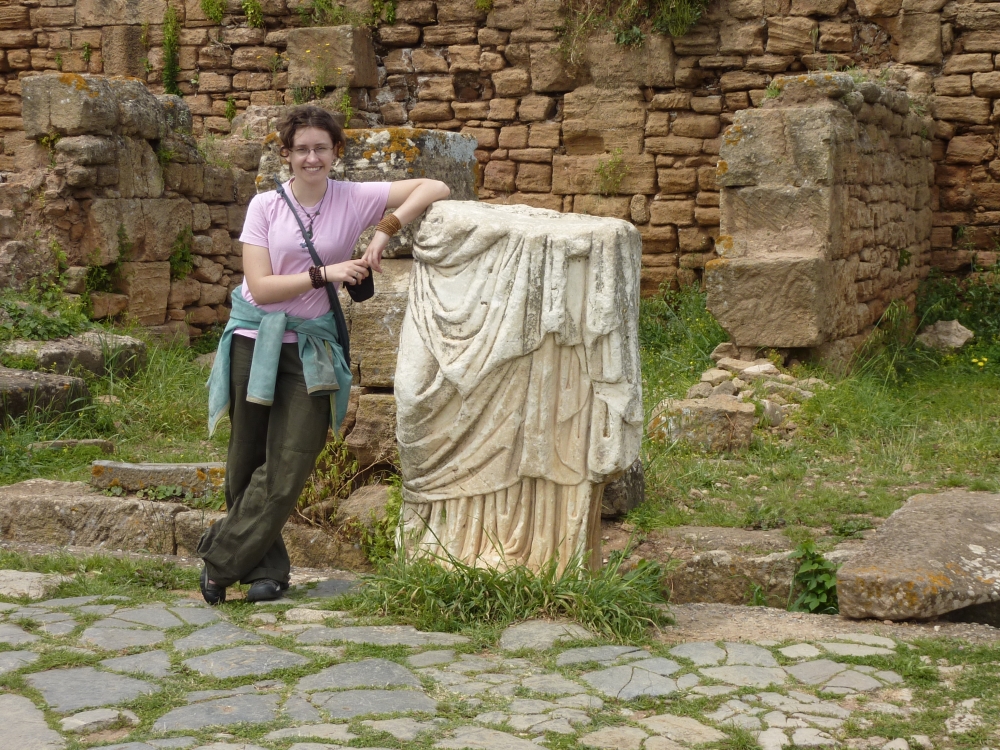
Me in the Roman ruins; not related to this blog post, but I dont really have pictures of teaching english...
ha ha ha, but I have to laugh. That last bit was so very American of me!
